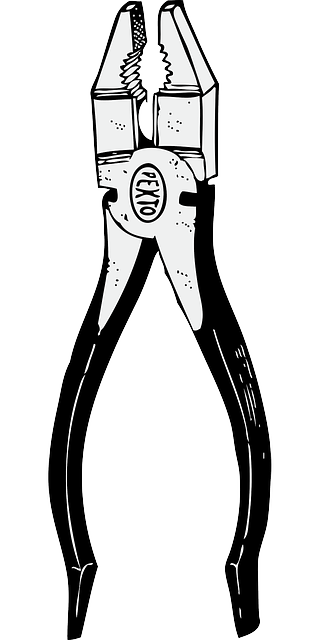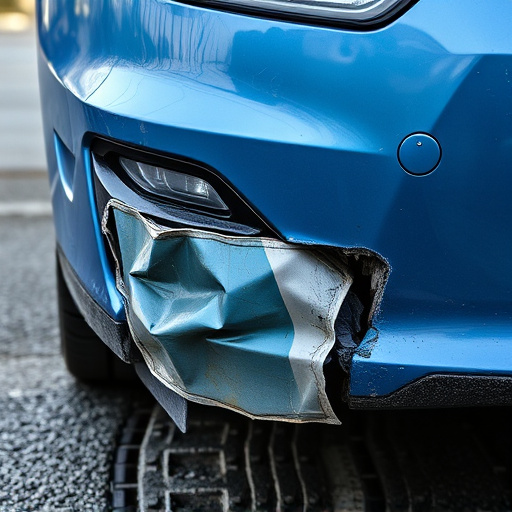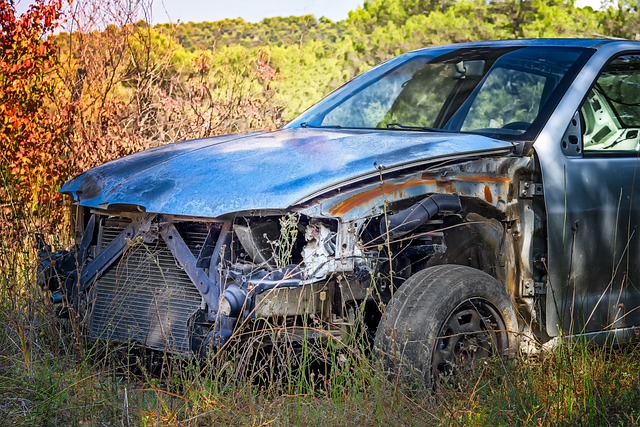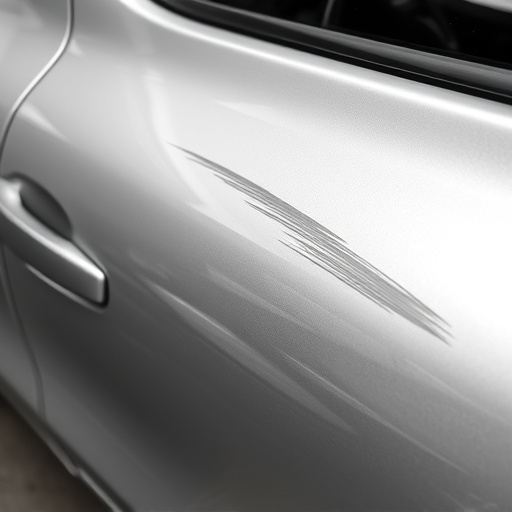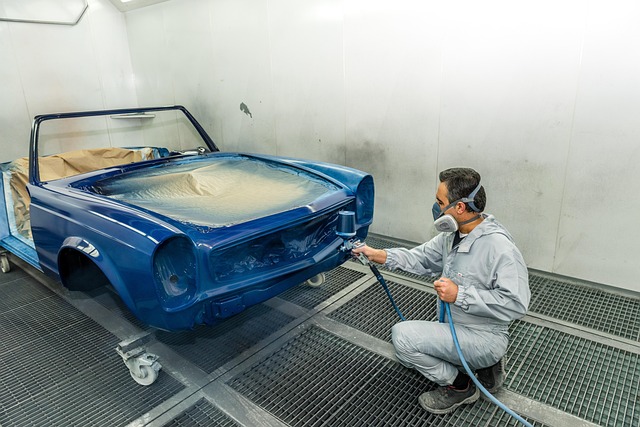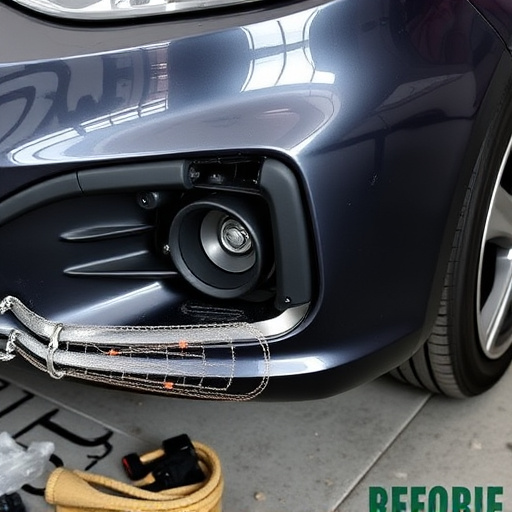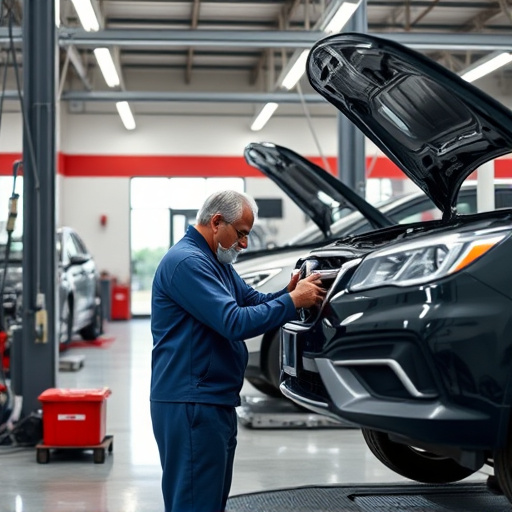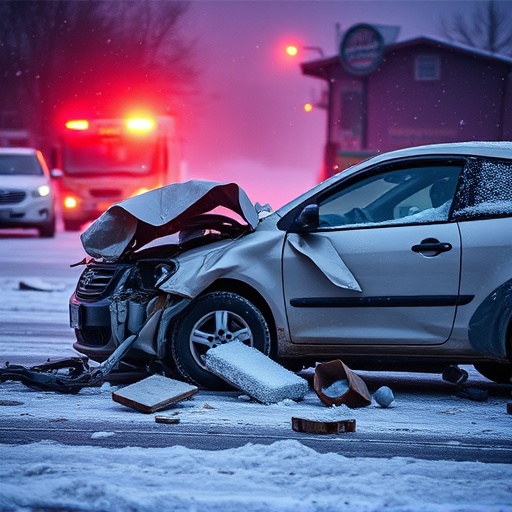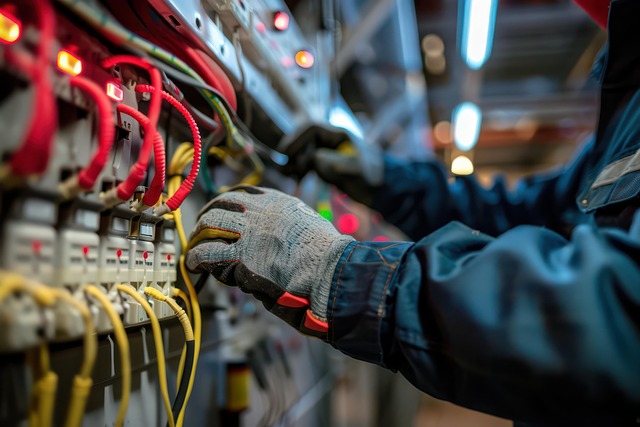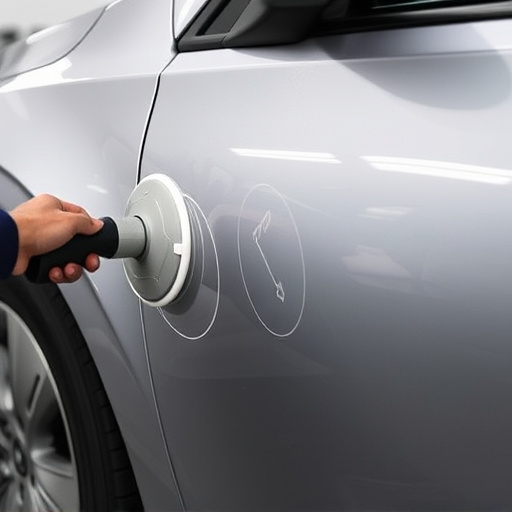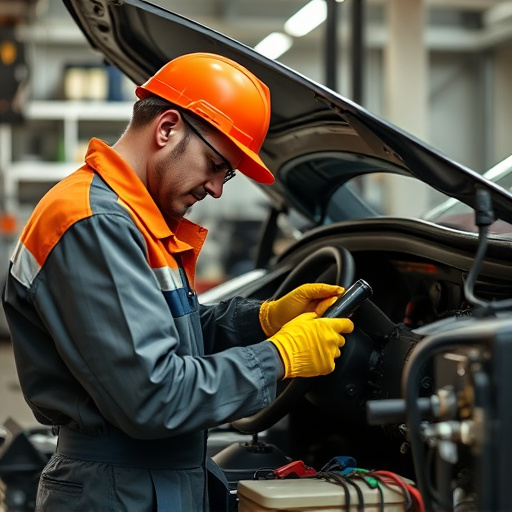The auto damage repair industry is rapidly evolving, with electric vehicles and advanced materials presenting new challenges. Amidst this change, Professional Paintless Dent Repair (PDR) certification remains a crucial asset for car body shops aiming to excel in 2025. PDR offers cost-effective, eco-friendly solutions for minor dents and scratches, reducing repair times and costs while maintaining vehicle integrity. By focusing on material science, tool innovation, and precision techniques, PDR certification programs adapt to modern trends, enhancing business credibility and appealing to customers seeking efficient, sustainable services.
In an era dominated by technological advancements, the automotive industry’s landscape is constantly evolving, reshaping traditional repair processes. Amidst this transformation, Professional Dental Repair (PDR) certification remains an indispensable asset for 2025 and beyond. This article delves into the reasons why PDR certification persists as a crucial milestone for damage repair professionals and businesses, exploring its relevance in today’s market and its role in shaping future-ready skills.
We will analyze how PDR adapts to new trends, discuss its benefits for technicians, shop owners, and customers, and emphasize the significance of continuous education for staying ahead in this dynamic field.
- The Evolving Landscape of Damage Repair: Why PDR Remains Relevant
- – Exploring the changes in the automotive industry and how PDR adapts to new trends.
- Benefits of PDR Certification for Professionals and Businesses
The Evolving Landscape of Damage Repair: Why PDR Remains Relevant

The auto damage repair industry has seen significant advancements and transformations over the years, with new technologies and methods constantly emerging. However, amidst this evolution, Professional Paintless Dent Repair (PDR) certification remains a cornerstone for those seeking to excel in the field of fender repair and auto body restoration.
In 2025, as car body shops continue to adapt to modern trends like rapid turnaround times and eco-friendly practices, PDR techniques still hold their value. Its non-invasive nature makes it an appealing solution for minor dents and scratches, reducing the need for extensive paintwork and minimizing repair costs. Moreover, with skilled PDR technicians, car owners can benefit from a quick, efficient, and cost-effective restoration process, ensuring their vehicles look as good as new without the usual downtime associated with traditional auto body repair.
– Exploring the changes in the automotive industry and how PDR adapts to new trends.

The automotive industry has undergone significant transformations since the inception of PDR (Paintless Damage Repair) certification programs. As we move into 2025, understanding how PDR adapts to these changes is vital. The rise of electric vehicles and advanced materials challenges traditional car bodywork methods, yet PDR remains a game-changer in vehicle collision repair. This innovative technique allows for the restoration of vehicles with minimal paint damage, reducing costs and turnaround times compared to conventional repair methods.
PDR certification programs continue to evolve, keeping pace with these new trends by focusing on advanced training in material science, tool innovation, and precision techniques. Professionals with PDR certification are equipped to handle complex car bodywork issues, ensuring that vehicles not only look as good as new but also maintain their structural integrity. In a market where customer expectations are higher than ever, PDR stands out as a key differentiator for bodyshops, offering both cost savings and superior quality in vehicle restoration.
Benefits of PDR Certification for Professionals and Businesses
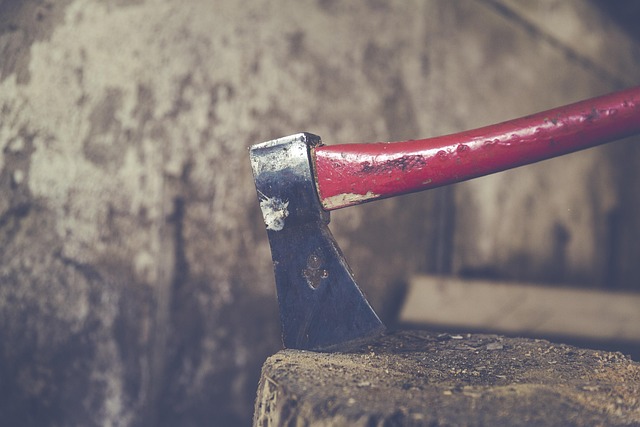
For professionals and businesses in the automotive industry, PDR (Paintless Dent Repair) certification remains a valuable asset in 2025. This specialized skill sets them apart in a competitive market by offering unique benefits that cater to evolving customer demands. PDR-certified technicians can provide high-quality, precise repairs without the need for extensive paintwork or costly body panel replacements, thereby reducing downtime and saving clients money. This eco-friendly approach also aligns with growing consumer preferences for sustainable and efficient services, as it minimizes waste and the carbon footprint associated with traditional automotive collision repair.
Moreover, PDR certification enhances business credibility and marketability. It demonstrates a commitment to staying ahead of industry trends and ensuring the highest standards of workmanship. For businesses offering car restoration or vehicle bodywork services, this certification can attract a broader customer base seeking top-notch, non-invasive solutions for their automotive needs. In an era where customers demand quick, efficient, and environmentally conscious repairs, PDR certification positions professionals as innovators who prioritize both customer satisfaction and operational efficiency.
Despite technological advancements, PDR certification remains a cornerstone for professionals and businesses in 2025. As the automotive industry continues to evolve, specialized skills in paintless damage repair (PDR) ensure high-quality, efficient repairs that meet modern consumer expectations. Investing in PDR certification is not just about staying relevant; it’s about ensuring long-term success and maintaining a competitive edge in an ever-changing market.
